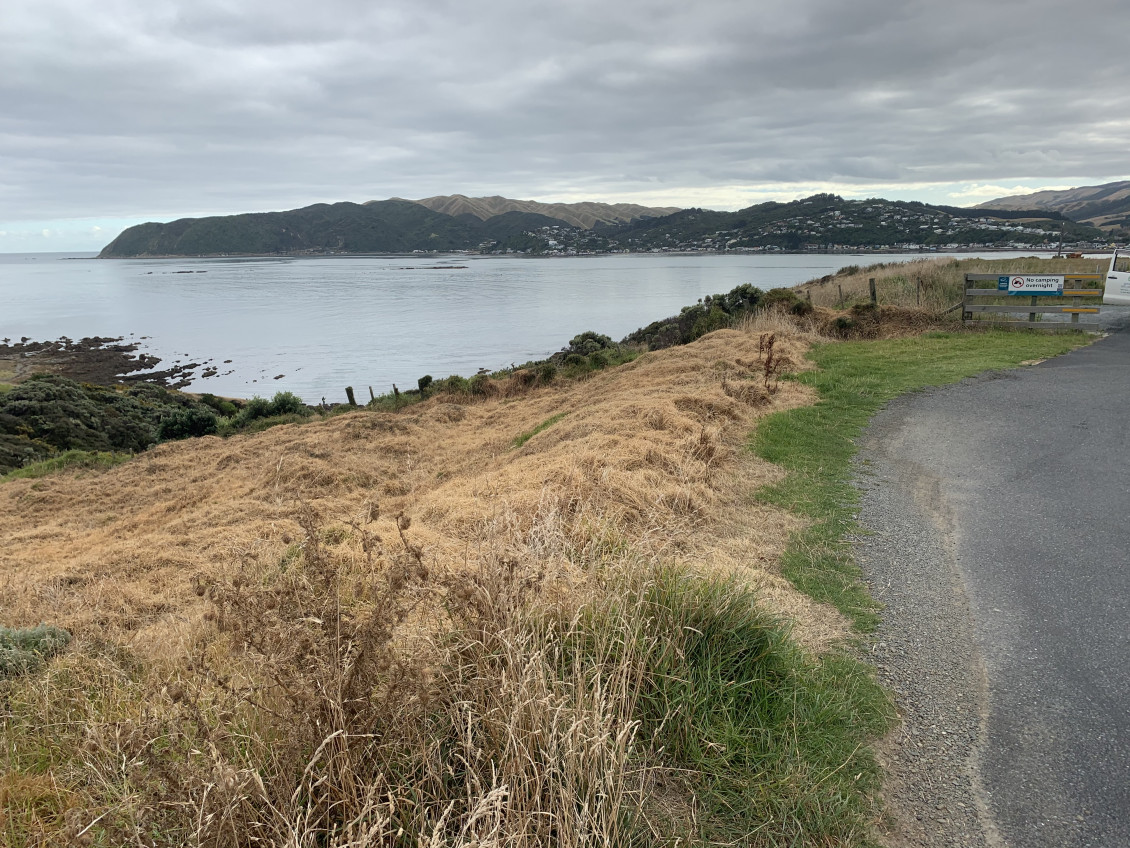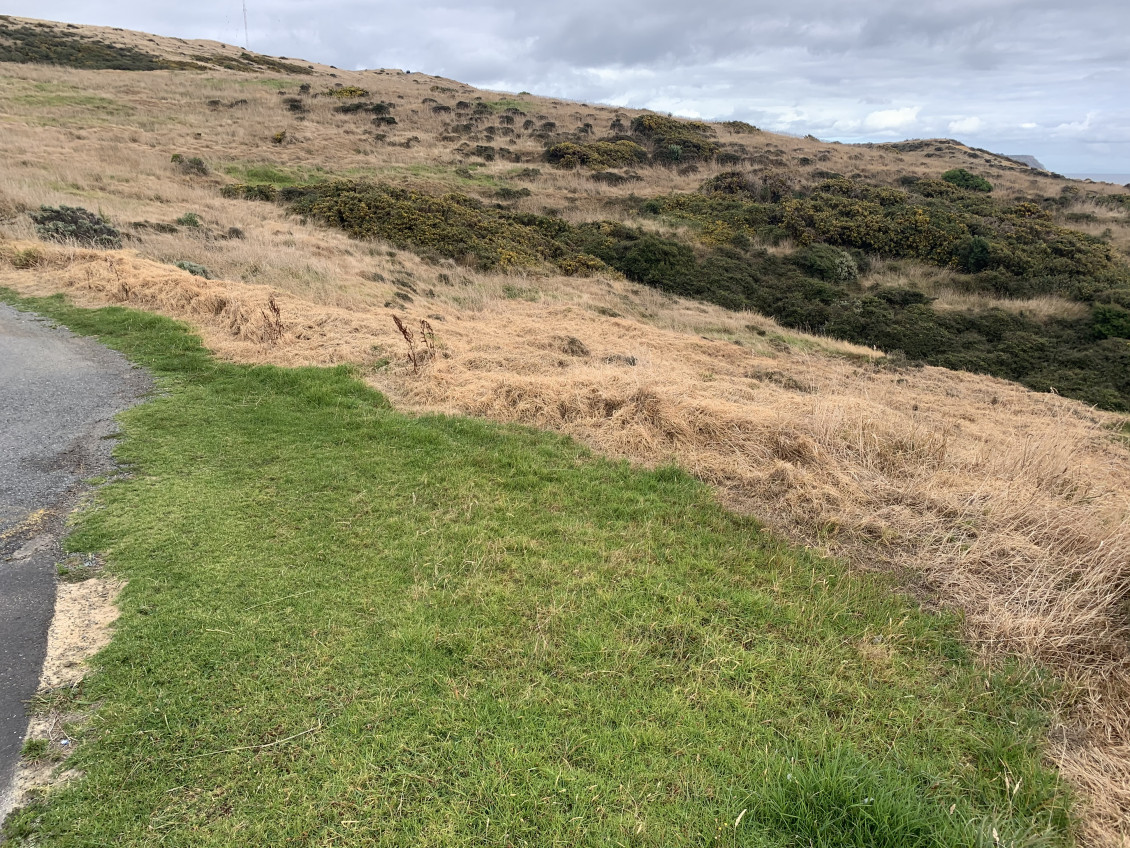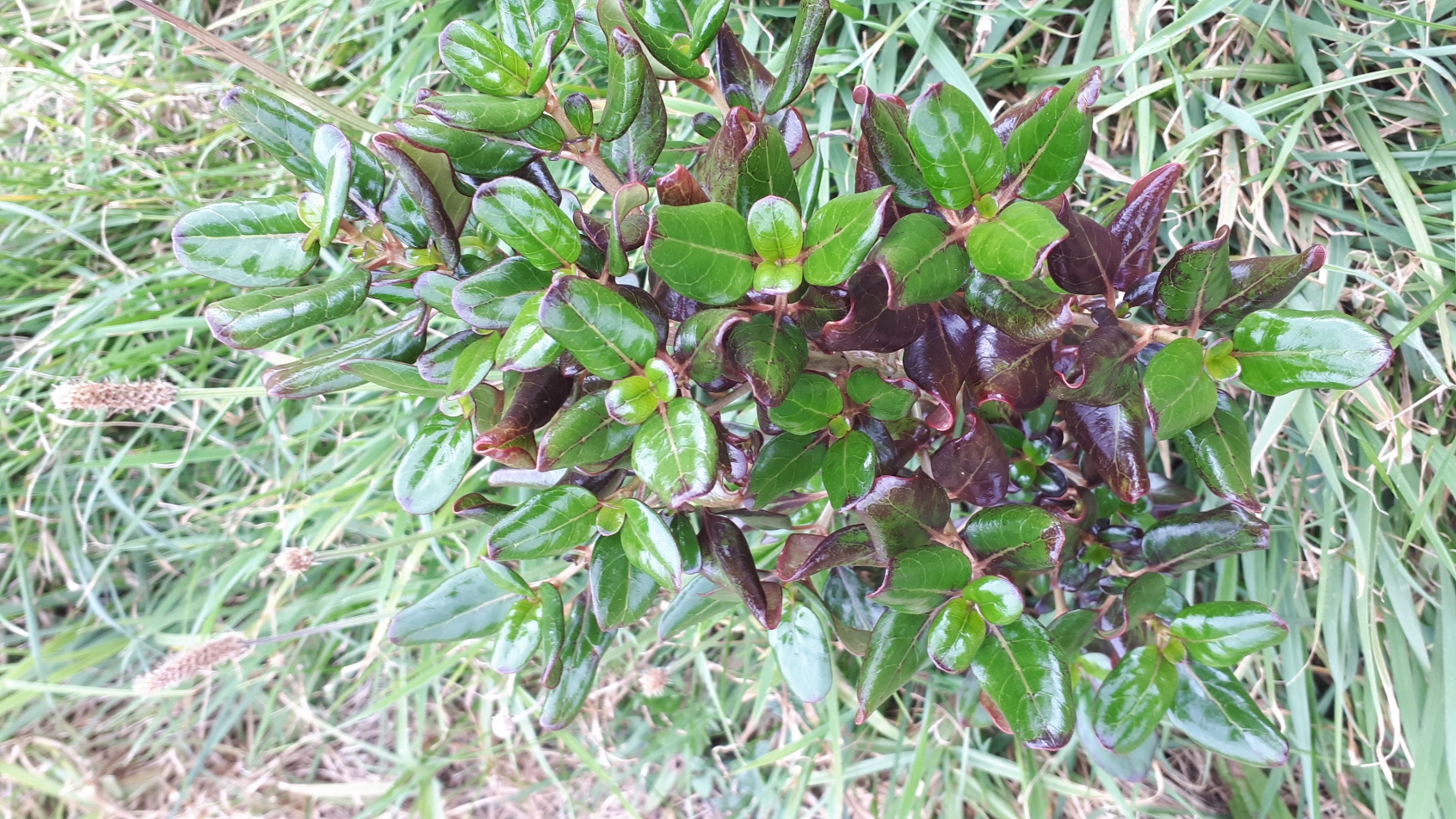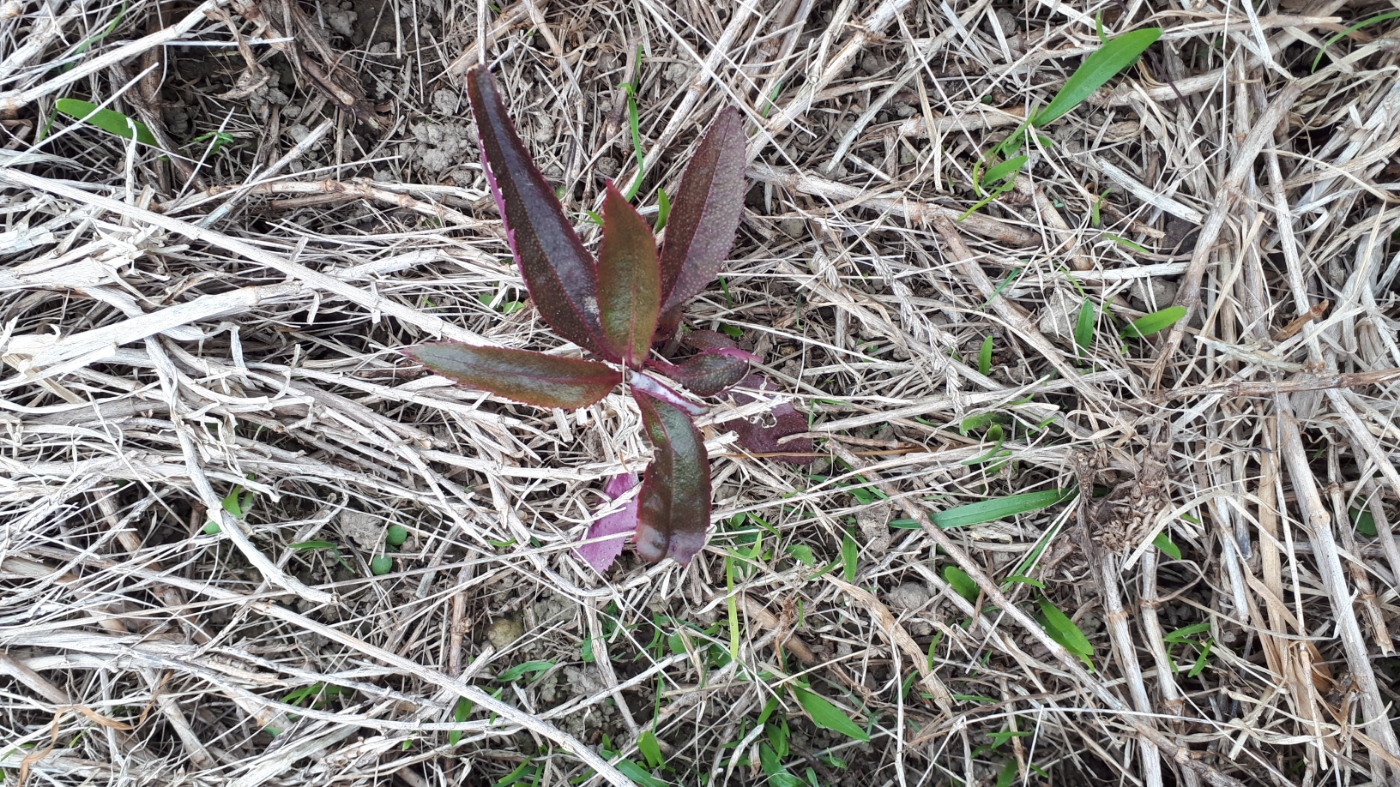Whitireia Park community activity welcome with proper permissions
Some well-meaning yet counterproductive planting and spraying activity in Whitireia Park has prompted Greater Wellington, Ngāti Toa Rangatira and the Whitireia Park Restoration Group (WPRG) to remind park users of ways they can help protect its rich biodiversity.
“Recently we’ve found evidence of unauthorised weed spraying leaving behind large patches of dead grass, while a number of unsuitable plants are also being planted on the coastal escarpment and other areas of the park.” said Gary Wheaton, Western Parks Mobile Ranger.
“While it’s fantastic knowing we have people keen to help maintain and restore our parks, weed control and planting shouldn’t happen without our approval.
Spraying large areas of grass replaces one weed with another and these areas are now being invaded by boneseed and pink ragwort which is a huge problem.
Ngāti Toa Rangatira’s Naomi Solomon added that unauthorised spraying particularly without knowing the active ingredient has an impact on the surrounding environment.
Among the unsuitable plants found are garden cultivars and hybrids of red, brown and green varieties of flaxes, ngaio and taupata.
“The cultivars look lovely in gardens and while planted with good intentions, they are out of place and detrimental in this natural environment because they will cross pollinate with our local native species in Whitireia”.
Puka and karaka, which are very invasive when found outside their natural distribution range of the northern north island, have also been planted.
“Ultimately this all impacts the coastal ecosystems we’re working to preserve.” added Wheaton.
“We have also been made aware of the unauthorised planting which we are disappointed about” said Naomi Solomon of Ngāti Toa Rangatira.
“Whitireia has over a dozen waahi tapu (sacred areas) within the park. All work needs to be approved by the Board before commencement to avoid any negative impacts on our waahi tapu” added Solomon.
Greater Wellington and WPRG carefully control what’s planted in Whitireia Park which has a variety of special habitat types, including estuary, coastal turf, sand dune, coastal escarpment, wetland, riparian and coastal forest.
Kim Broad, Greater Wellington biodiversity officer for Whitireia said ‘We also have a very special plant in Whitireia, Leptinella nana, which we are trying to save from extinction. It is a tiny plant and requires very active management with specific species around it to provide the right conditions for it to survive. It cannot compete with these unapproved species that are being planted’.
Planting in Whitireia is led largely by the WPRG in collaboration with Greater Wellington’s biodiversity team. All planting sites are approved by the Whitireia Park Board.
Robyn Smith, long serving member of WPRG said the re-vegetation planting they undertake uses exclusively eco-sourced native plants.
“Eco-sourcing involves collecting seeds from naturally growing wild plants close to the planting site. It means the plants are suited to local conditions, more likely to survive and helps maintain the park’s unique characteristics”.
As a result of its high biodiversity values, the Whitireia coast has been designated as a Key Native Ecosystem (KNE) site. This contributes to Greater Wellingtons overarching goal of protecting a full range of naturally occurring healthy habitats which support native plant and animal life.
Members of the public who have any questions on activities in their local park or are keen to help should contact their park ranger, Greater Wellington’s contact centre on 0800 496 734 or the Whitireia Park Restoration Group who would welcome their help.




Get in touch
- Phone:
- 0800 496 734
- Email:
- info@gw.govt.nz
